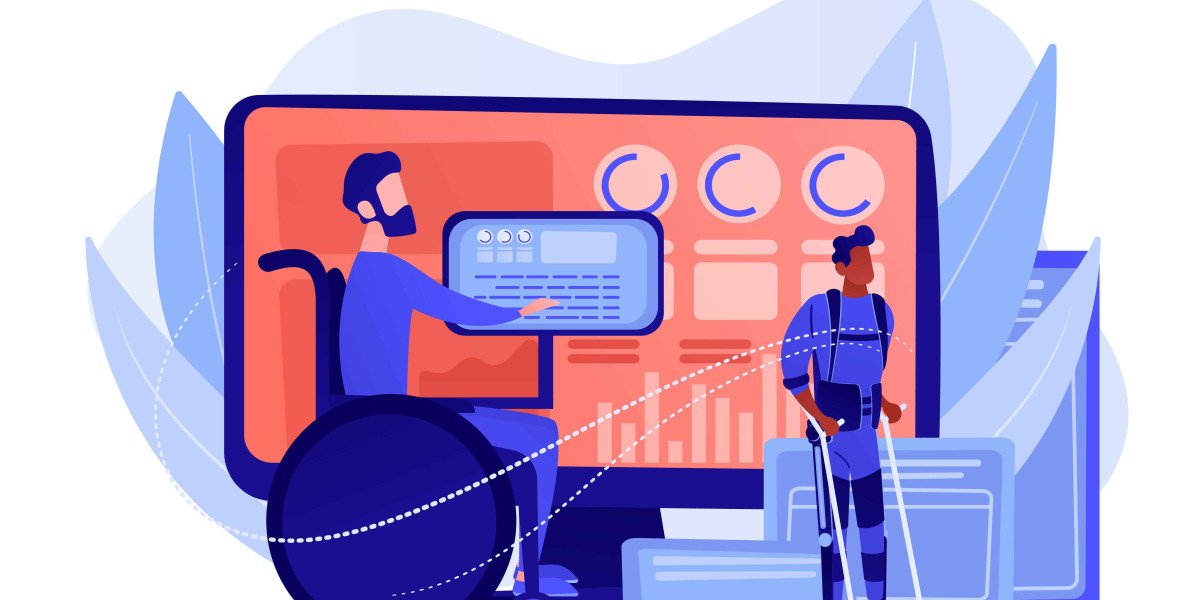Ensuring web accessibility is a fundamental aspect of creating an inclusive digital environment. Web accessibility testing helps developers, designers, and businesses make their digital content accessible to users with disabilities. With various tools and techniques available, achieving compliance with accessibility standards like the Web Content Accessibility Guidelines (WCAG) and the Americans with Disabilities Act (ADA) is more manageable than ever.
This article explores key web accessibility testing tools and techniques to help ensure digital content meets accessibility requirements and provides a seamless experience for all users.
Why Web Accessibility Testing Matters
1. Legal and Compliance Requirements
Web accessibility regulations such as WCAG, ADA, and Section 508 mandate that websites and digital platforms accommodate users with disabilities. Non-compliance can lead to legal consequences, including lawsuits and fines.
2. Improved User Experience
Accessible websites benefit not only users with disabilities but also improve the experience for all users by offering better navigation, readability, and usability.
3. SEO and Business Benefits
Search engines favor accessible websites, improving search rankings and reaching a wider audience. Additionally, businesses that prioritize accessibility can increase customer satisfaction and engagement.
Web Accessibility Testing Tools
1. Vstellar
Vstellar is a powerful AI-driven accessibility testing tool that integrates with development workflows to identify compliance issues. It offers real-time scanning, automated reports, and remediation suggestions based on WCAG guidelines.
2. axe-core
Developed by Deque Systems, axe-core is an open-source accessibility testing engine that integrates seamlessly with browsers and development environments to detect accessibility violations.
3. WAVE (Web Accessibility Evaluation Tool)
WAVE is a browser extension that highlights accessibility errors and provides recommendations to improve web content usability for users with disabilities.
4. Google Lighthouse
Lighthouse is an open-source tool by Google that provides accessibility audits alongside performance and SEO insights. It helps developers improve web accessibility by identifying key issues and best practices.
5. Microsoft Accessibility Insights
This tool helps developers detect accessibility barriers and suggests fixes for both web and Windows applications. It includes automated scanning and guided manual testing features.
6. Tenon
Tenon is an API-driven accessibility testing tool that allows developers to integrate accessibility checks into their workflow and provides issue tracking with recommendations for fixing violations.
7. NVDA and JAWS
These screen reader tools help developers and testers evaluate how visually impaired users interact with web content, ensuring compatibility with assistive technologies.
Web Accessibility Testing Techniques
1. Automated Testing
Automated tools scan web pages for accessibility issues based on WCAG and other compliance standards. This method is fast and efficient but may not detect all usability problems.
Best Practice: Use automated testing as a first step to identify common issues before conducting manual testing.
2. Manual Testing
Manual testing involves real human evaluation to identify issues that automated tools might miss. This includes checking for keyboard navigation, color contrast, and screen reader compatibility.
Best Practice: Combine manual testing with automated tools for a comprehensive approach.
3. Keyboard Navigation Testing
Many users rely on a keyboard instead of a mouse for navigation. Testing a website’s keyboard accessibility ensures that all interactive elements (menus, forms, buttons) can be accessed using the Tab, Enter, and Arrow keys.
Best Practice: Ensure focus indicators are visible and logical navigation sequences are maintained.
4. Color Contrast Testing
Users with visual impairments may struggle to read low-contrast text. Accessibility guidelines recommend a contrast ratio of at least 4.5:1 for normal text and 3:1 for large text.
Best Practice: Use tools like Contrast Checker or axe DevTools to ensure compliance.
5. Screen Reader Testing
Testing with screen readers like NVDA, JAWS, or VoiceOver ensures that visually impaired users can understand and navigate web content.
Best Practice: Verify that all images have alt text, headings are properly structured, and interactive elements are correctly labeled.
6. Mobile Accessibility Testing
With the increasing use of mobile devices, ensuring accessibility on mobile web and apps is crucial. Testing should include:
Responsive design checks
Voice command compatibility
Touch gesture usability
Best Practice: Use mobile accessibility testing tools like Google Lighthouse and built-in iOS/Android accessibility features.
7. User Testing with Individuals with Disabilities
Real user feedback is invaluable for understanding accessibility challenges. Conduct usability testing sessions with individuals who rely on assistive technologies.
Best Practice: Involve a diverse group of users to identify issues that automated and manual tests may not detect.
Best Practices for Effective Web Accessibility Testing
Incorporate Accessibility Early – Integrate accessibility testing into the development process from the design stage.
Use a Hybrid Approach – Combine automated and manual testing for thorough evaluation.
Keep Testing Regularly – Accessibility is an ongoing process; conduct regular audits and updates.
Follow WCAG Guidelines – Ensure compliance with WCAG 2.1 and stay updated with evolving standards.
Educate Your Team – Train developers, designers, and content creators on accessibility best practices.
Conclusion
Web accessibility testing is an essential part of creating inclusive digital experiences. By leveraging automated tools like Vstellar, axe-core, and Lighthouse, alongside manual testing techniques such as keyboard navigation and screen reader evaluations, businesses can ensure their websites meet accessibility standards and provide equal access to all users.
Adopting a proactive approach to accessibility testing not only helps with legal compliance but also enhances user satisfaction, SEO, and overall website performance. By making accessibility a priority, organizations contribute to a more inclusive digital world for everyone.








